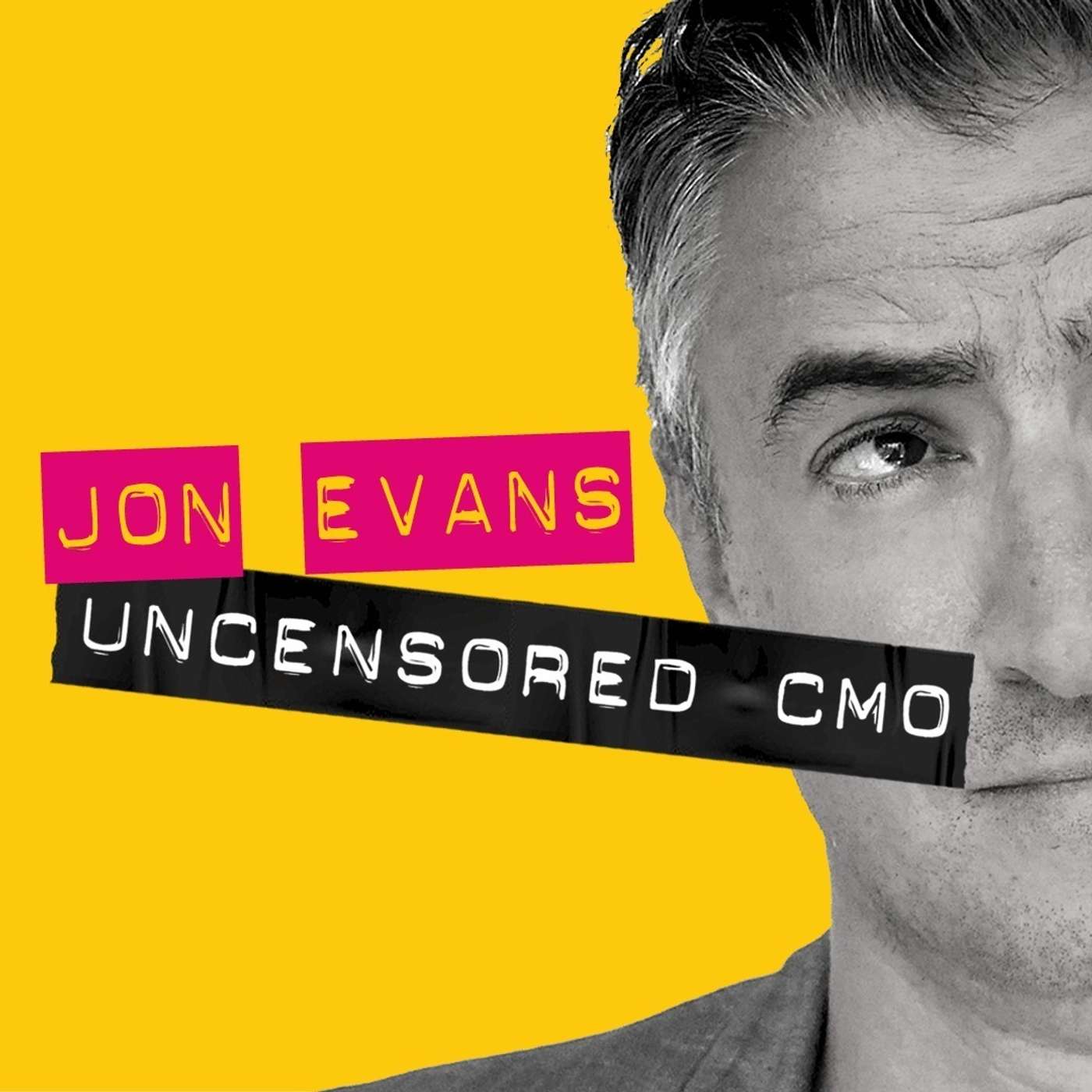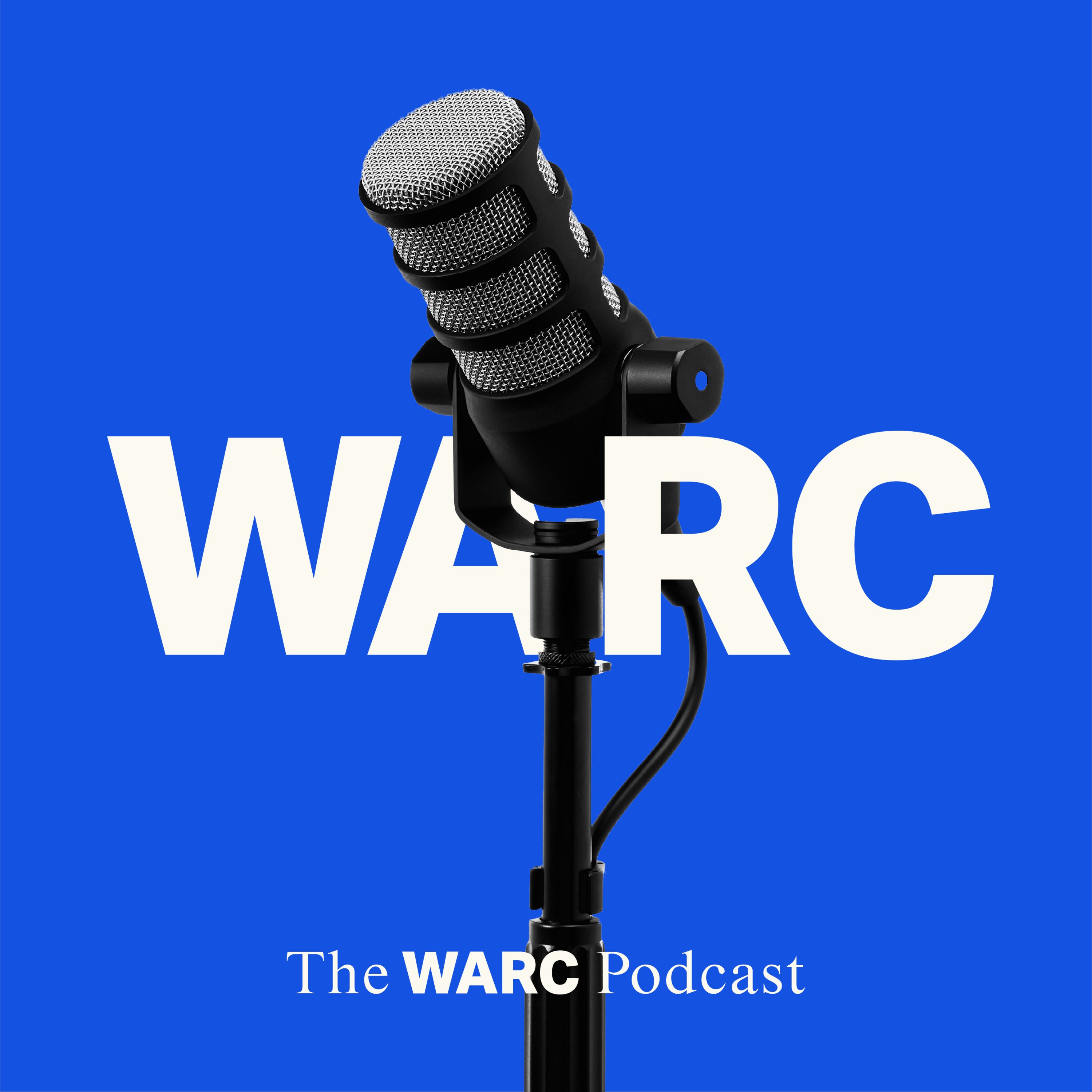
The Looking Glass
“The truth stands in the looking glass, waiting for those brave enough to look it in the eye.”
The Looking Glass
Douglas Holt On Finding Your Brand's True Place In Culture
This episode dives into Douglas Holt's theory of cultural branding, which posits that successful brands transcend mere product marketing to become cultural icons. This is achieved by actively engaging with and influencing societal norms and prevailing beliefs, often by challenging or redefining them. Holt emphasizes that brands must understand cultural tensions, create compelling brand myths that resonate with consumers, foster brand communities for shared identity, and demonstrate cultural leadership by advocating for change. Examples like Nike, Apple, Harley-Davidson, and Ben & Jerry's illustrate how these strategies lead to deep consumer connections and enduring brand influence.
Welcome to the Deep Dive. Today, we're embarking on quite a fascinating mission, really. We want to unpack how certain brands manage to go from just being products to becoming real cultural icons. We'll be digging into Douglas Holt's idea of cultural branding. He argues the really successful brands, they don't just sell stuff. They actively engage with and sometimes even influence the cultural stories and norms happening around us. The really interesting part is how these brands create cultural value. often by tackling societal issues, which makes them resonate with us really deeply. It's
SPEAKER_00:a fascinating way to look at it, isn't it? It goes so much further than your standard marketing approach. Right. It's really rooted in understanding and then using these broader cultural dynamics to build a lasting brand identity. So, yeah, it's not just about features or price. It's more about shaping a piece of our collective thinking, almost like, well, anthropology meets branding.
SPEAKER_01:I like that. Anthropology meets branding. OK, so let's dive into Holt's framework then. He talks about challenge cultural orthodoxy. Can you unpack that a bit? What exactly is cultural orthodoxy in this context?
SPEAKER_00:Sure. Cultural orthodoxy, it's basically the dominant set of beliefs, the values, the norms of a specific time. Think of it like the established way things are done or the common sense of an era.
SPEAKER_01:Got it. The status quo.
SPEAKER_00:Exactly. And iconic brands, they also don't just accept that. They look for what Hull calls cultural tensions. These are sort of the fault lines in society, you know. places where values are maybe being questioned or where there's a gap between the ideal and the reality people experience. And by tapping into those tensions, brands can position themselves as, well, as innovators, as cultural change agents, really.
SPEAKER_01:Okay, so challenging the norm, finding that tension. What's a classic example that really shows this in action?
SPEAKER_00:Well, the go-to example, and it's a great one, is Nike's Just Do It campaign.
SPEAKER_01:Ah,
SPEAKER_00:yeah. If you think back to the 1980s, the cultural orthodoxy around fitness was pretty narrow. It was mostly about Right. Like
SPEAKER_01:you had to be a serious competitor. It felt very exclusive.
SPEAKER_00:Precisely. Yeah. And that created attention because there was this growing feeling, this sort of underground swell towards personal fitness. People wanted to participate. You know, the idea of democratizing athleticism was starting to bubble up.
SPEAKER_01:Making it for everyone, not just the pros.
SPEAKER_00:Exactly. And Nike saw that. They saw that desire for personal achievement, for pushing your own limits, whatever they might be.
SPEAKER_01:And they just jumped on it. Their message wasn't be like Mike. It was you. Yes, you can be an athlete. They celebrated the everyday person, didn't they? Showing regular people overcoming their own struggles in the ads.
SPEAKER_00:They did. And that's the key. Nike didn't just sell more shoes. They fundamentally shifted the cultural definition of athlete. They made it about an attitude, a mindset accessible to anyone. It wasn't just marketing. It was reshaping a cultural category.
SPEAKER_01:That's a really powerful move. Okay, so they find the tension, challenge the orthodoxy, but then how do they embed that story, make it stick? That leads us to Holt's idea of myth-making, right?
SPEAKER_00:Right. Myth-making is crucial. This is where brands create these really compelling narratives, these brand myths. These stories capture our imagination. And importantly, they offer a kind of symbolic solution to those cultural tensions we talked about. They go way beyond just, you know, this product works well. They tap into deeper emotional needs, maybe even psychological ones.
SPEAKER_01:And Apple's Think Different campaign, that feels like a perfect example. I remember the late 90s, Apple was, well, struggling. They were the outsider.
SPEAKER_00:Absolutely. Microsoft was The cultural tension Apple tapped into was this growing unease with conformity. Things felt like they were becoming very standardized, very corporate, and people felt a pull towards individuality, towards standing out.
SPEAKER_01:A desire to not just be another cog in the machine.
SPEAKER_00:Yeah, exactly. And think different. It just nailed that feeling.
SPEAKER_01:It was brilliant, celebrating the rebels, the artists, the visionaries, Einstein, MLK, Lenin, icons of nonconformity.
SPEAKER_00:And what was so smart was how they tied that spirit directly to the Apple brand. It wasn't just buy our computer. It was join us, be one of the creative ones, the ones who change things. That myth transformed Apple from just a tech company into a symbol of innovation, of creativity itself. It was fundamental to their comeback.
SPEAKER_01:Absolutely iconic. Okay, so we We've got challenging orthodoxy, building myths. What about bringing the consumers into that story, making them feel part of it? Let's talk about brand communities.
SPEAKER_00:Brand communities. These are fascinating. They're essentially groups of consumers who share a strong connection and identification with a brand and its whole cultural narrative. They create this powerful sense of belonging, almost a social structure built around the brand. And the members aren't just passive buyers. They actively participate. They contribute to the story. They reinforce the brand's meaning.
SPEAKER_01:Harley-Davidson. That seems like the textbook case, especially with the Harley owners group, HOG. Weren't they also struggling back in the 80s?
SPEAKER_00:They were, yeah. And they made a very conscious decision to embrace their incredibly passionate customer base. They realized owning a Harley wasn't just about the bike. It was about a whole identity, freedom, rebellion, individuality, a lifestyle. The HOG community became the living embodiment of that myth.
SPEAKER_01:You see it with the rallies, the rides, the magazine. It's like a club, a tribe almost.
SPEAKER_00:It is. It is. And that active community participation constantly reinforces and strengthens Harley-Davidson's cultural narrative. It creates this incredibly loyal base that doesn't just buy the product. They live the brand. They become its advocates. It's self-sustaining.
SPEAKER_01:Really powerful stuff. Okay, one last piece from Holt's model, cultural leadership. How do some brands go beyond just reflecting culture and actually start to lead it?
SPEAKER_00:Cultural leadership is perhaps the boldest move. It's when brands take clear, sometimes risky, stands on important cultural issues, they actively advocate for change, and in doing so, they can actually influence societal norms and values. It takes real conviction, a willingness to potentially alienate some people by tackling issues that might be controversial.
SPEAKER_01:Ben and Jerry's immediately comes to mind here. They seem to have built their entire brand around this, haven't they? Social justice, environmentalism.
SPEAKER_00:They're a prime example. For decades, they've been vocal advocates. They haven't shied away from taking public stances on things like climate change, marriage equality, racial justice. The list goes on. And critically, it's not just a marketing ploy. They weave these causes into the fabric of their business, into their identity.
SPEAKER_01:Yeah, it feels authentic. It positions them as way more than just an ice cream company.
SPEAKER_00:Exactly. They're seen almost as activists who happen to sell ice cream, like you said earlier. And this does two things. It differentiates them massively in a crowded market, and it builds this incredibly deep emotional bond with consumers who share those same values. People buy Ben& Jerry's not just for the taste, but So wrapping this all up
SPEAKER_01:then. Holt's idea is that these truly iconic brands, they don't just sit on the sidelines, they get involved. They understand the cultural norms, find the tensions, build powerful myths around resolving those tensions, nurture communities that live the myth, and sometimes they even lead the cultural conversation.
SPEAKER_00:Precisely. And understanding this, for you listening, it helps explain why some brands just connect with us on such a different level. It shows how they build that deep emotional resonance and achieve that kind of lasting success. It's about being relevant, not just in the market, but in the culture itself.
SPEAKER_01:It really changes how you look at the brands around us. Okay, so to leave you with something to think about, given everything we've discussed today about cultural branding, about finding those tensions, what modern societal tension do you think is out there right now just waiting for a brand to address it, redefine it, and maybe become the next big cultural icon?
Podcasts we love
Check out these other fine podcasts recommended by us, not an algorithm.

Uncensored CMO
Jon Evans
On Strategy Showcase
Fergus O’Carroll
HBR On Strategy
Harvard Business Review
